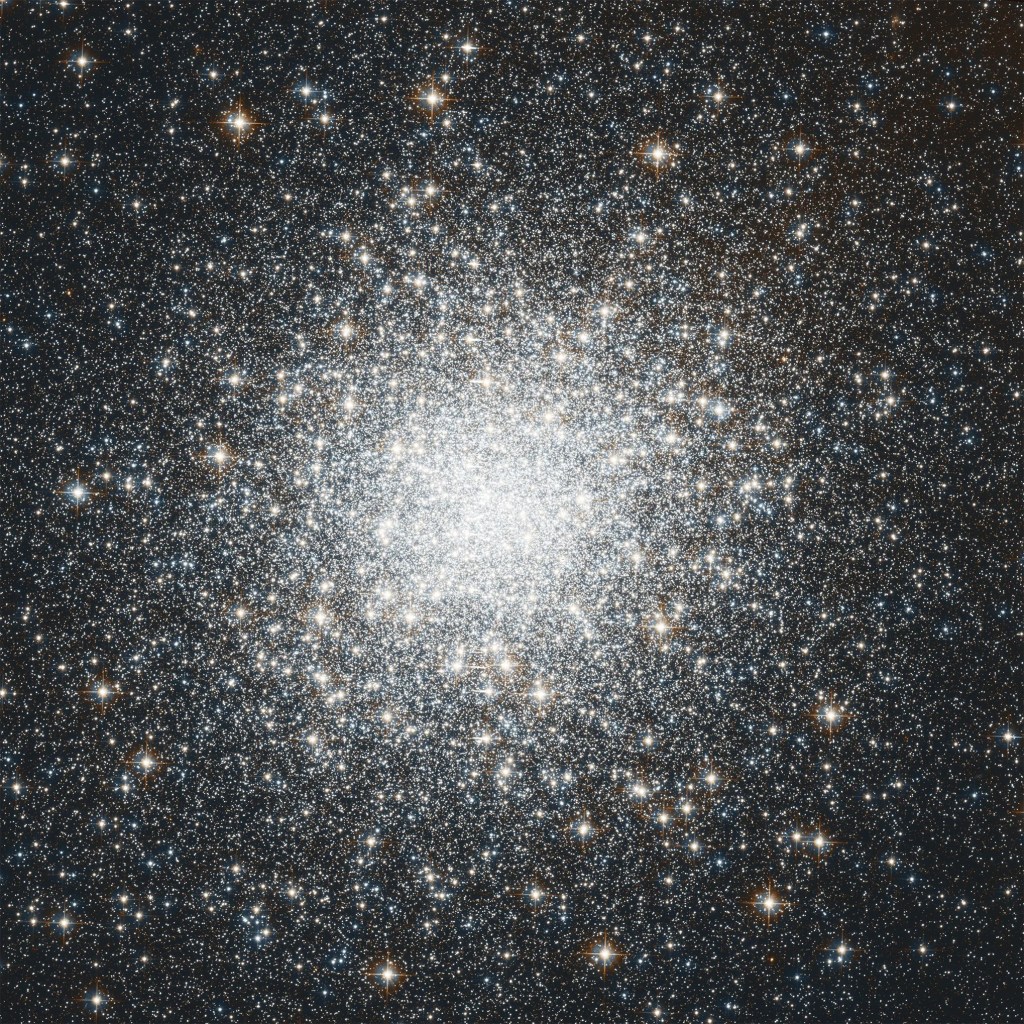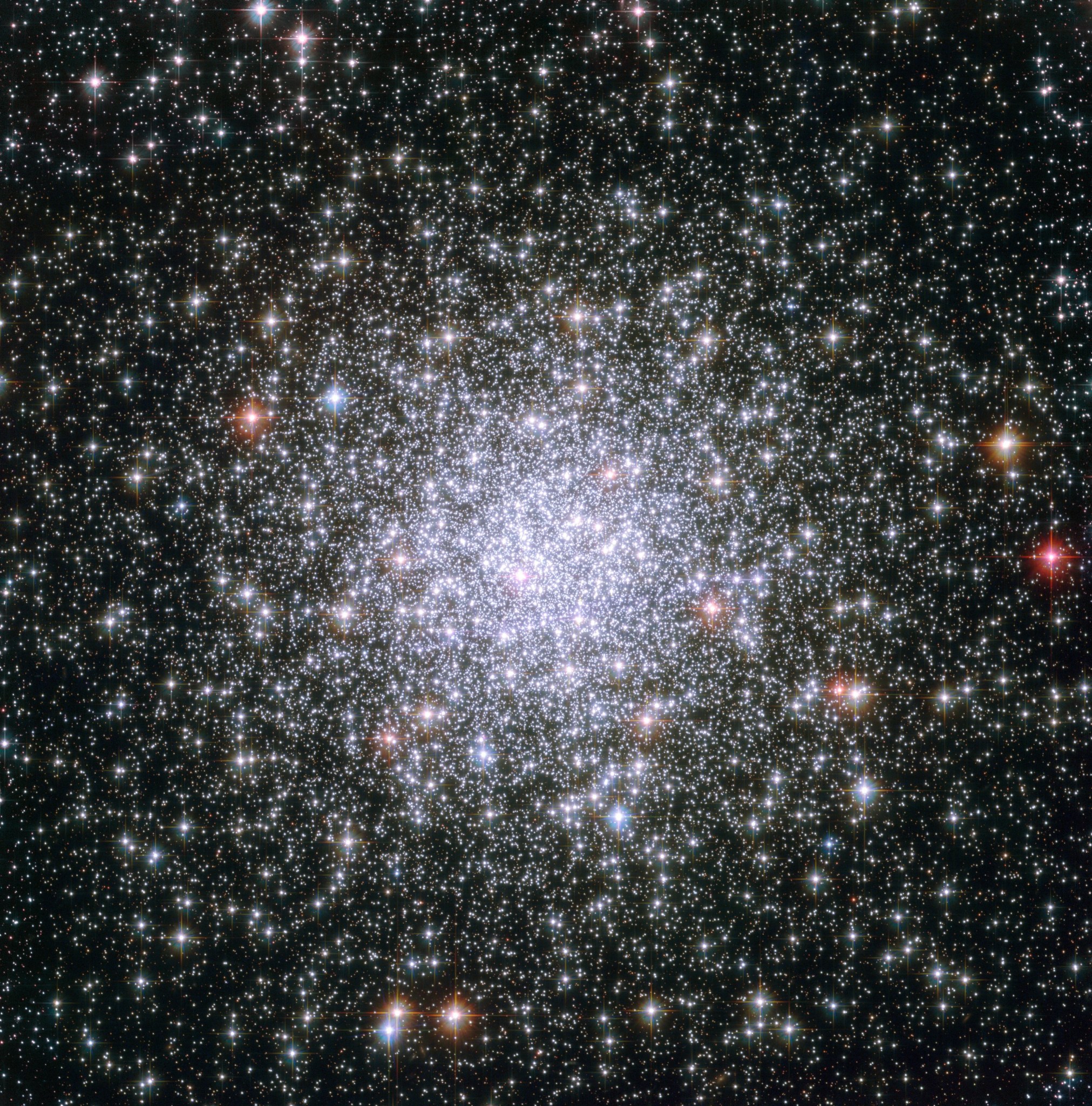Messier 69
This globular cluster is one of the most metal-rich ever observed.
Distance
29,700 light-years
Apparent Magnitude
8.3
constellation
Sagittarius
object type
Globular Cluster
M69 is one of the most metal-rich globular clusters ever observed. In astronomy, the term “metal” refers to any element heavier than the two most common elements in our universe, hydrogen and helium. The nuclear fusion that powers stars created many of the metallic elements in nature, from the calcium in our bones to the carbon in diamonds. New stars are made from the remains of their predecessors, so ancient globular clusters have much lower metallic abundances than more recently formed stars, such as the sun.
The stars in M69 have over ten times more iron than stars in other globular clusters of the same age. Studying the makeup of stars in globular clusters like M69 has helped astronomers trace back the evolution of star formation in the cosmos.
This cluster was discovered by Charles Messier in 1780. It is located 29,700 light-years away from Earth in the constellation Sagittarius. M69 has an apparent magnitude of 8.3 and can be spotted with a pair of binoculars most easily in August. This Hubble image of M69’s center is a composite of exposures taken in visible and infrared light.
For more information about Hubble’s observations of M69, see:
Explore Hubble's Messier Catalog
The following pages contain some of Hubble’s best images of Messier objects.

Overview The Messier catalog, begun by astronomer Charles Messier in the 18th Century and revised over the years, includes some…

Better known as the Crab Nebula, Charles Messier originally mistook Messier 1 for Halley’s Comet, which inspired him to create…

Hubble's image of Messier 2 is comprised of visible and infrared wavelengths of light.
































